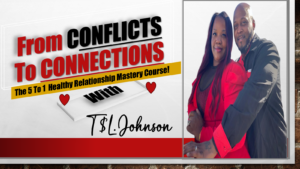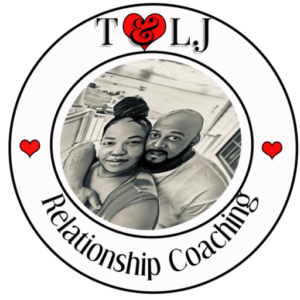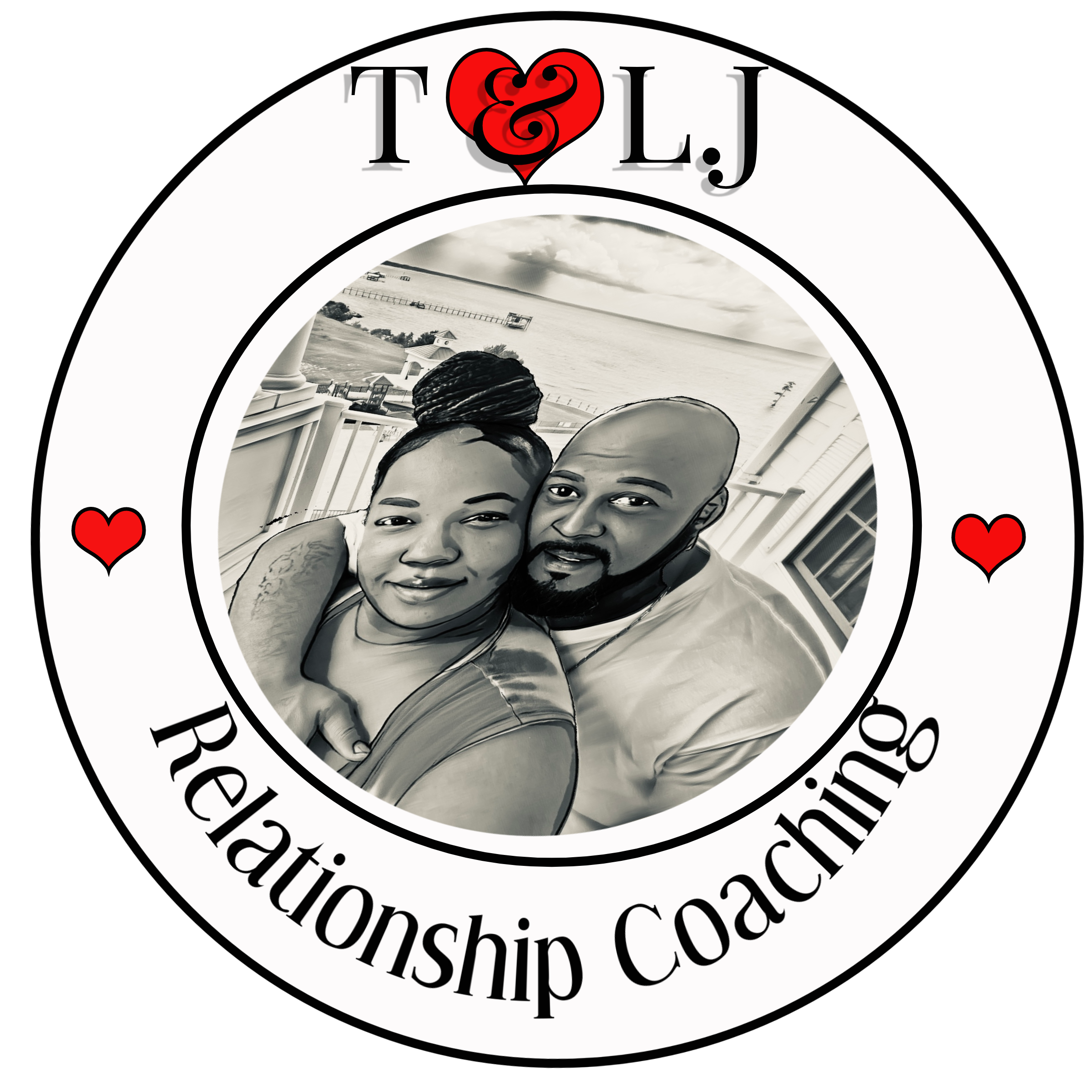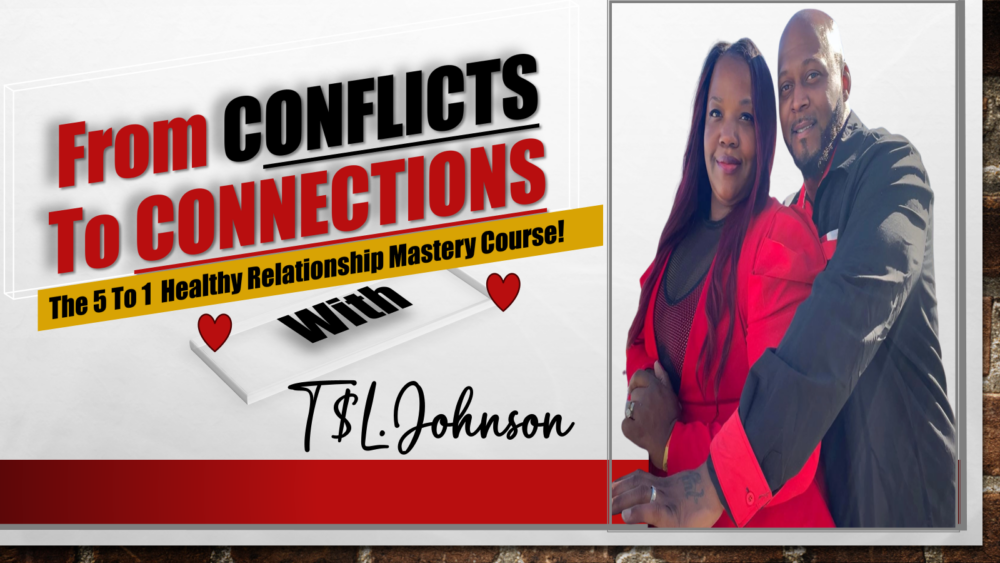Understanding Emotional Intelligence
What is Emotional Intelligence?
Emotional intelligence is more than just a buzzword. It’s the ability to understand, control, and express emotions while also being empathetic towards others. When I started recognizing this concept, it completely changed how I interacted with my partner. I became more aware of not just my feelings, but hers as well.
By honing my emotional intelligence, I discovered that it’s like having a secret superpower in relationships. It helps in reading the room and noticing subtle cues that might otherwise go ignored. This heightened awareness allows for deeper connections, which is the foundation of a loving relationship.
Developing emotional intelligence takes practice. Just like learning any new skill, it requires patience and persistence. I often take time to reflect on my emotional responses and how they affect my partner. It’s a journey, but one worth taking!
Identifying Your Partner’s Emotional Triggers
The Power of Listening
One thing I learned is that listening is a fundamental part of understanding emotional triggers. It’s easy to hear words, but truly listening requires focus and openness. When my partner shares her thoughts, I try to engage actively, making sure she knows I value her feelings.
I often ask open-ended questions to encourage her to express herself. This not only helps me understand her better but also reassures her that her emotions are valid and important. Just like the famous saying goes, “You have two ears and one mouth for a reason.”
Sometimes, it’s about picking up on the little things—like her tone or body language. I’ve had moments where she might not realize she’s upset, but I can sense an uncharacteristic shift in her mood. Learning to read those signs has been essential for me in supporting her more effectively.
Communicating Openly and Honestly
Creating Safe Spaces
When I first tried to communicate better with my partner, I realized that we needed a safe space to talk. This meant putting phones down, turning off the TV, and really diving into each other’s thoughts and feelings. I set aside time where we could chat without distractions, making sure we both felt comfortable.
Creating a non-judgmental space is crucial. Just the other day, we had a tough discussion about her past frustrations. It was a bit uncomfortable, but because we had established that safe space, she felt free to share everything. That openness has deepened our trust.
I’ve discovered that vulnerability can be incredibly powerful. When I share my fears and insecurities, it invites her to do the same, fostering a mutual understanding. This kind of open communication is so vital in learning each other’s emotional languages.
Finding Your Partner’s Love Language
The Five Love Languages
Switching gears, let’s discuss love languages. Have you ever heard of Gary Chapman’s concept of love languages? Understanding how my partner prefers to give and receive love has been a game changer. It turns out, she’s a big fan of quality time. Knowing that is like having a cheat code for our relationship.

Taking the time to learn about these languages not only fosters appreciation but also helps me avoid missteps. For instance, if I’m out running errands and pick her up a small gift—well, if gifts aren’t her thing, it might fall flat. Instead, I focus on carving out meaningful moments together.
I suggest taking the love languages quiz together to identify each other’s preferences. It’s fun, insightful, and a great conversation starter! This knowledge really enhances how we connect and strengthens our bond tenfold.
Supporting Each Other’s Emotional Growth
Encouraging Personal Development
Lastly, supporting each other’s emotional growth is an ongoing adventure. I realized early on that my partner’s growth is just as important as mine. I always encourage her to pursue her passions, whether it’s taking a class or just having time to unwind and reflect. That’s part of being a great partner.
Creating a culture of support means celebrating the little wins as well as the big ones. I’m all about sharing moments of joy and encouragement, so we both feel appreciated and motivated to grow together.
Sometimes it’s about just being there with a shoulder to cry on or a listening ear. I make it a point to check in on her emotional health. This guarantees that she knows I’m in her corner, which makes a world of difference when navigating life’s ups and downs.
Frequently Asked Questions
What is emotional language in relationships?
Emotional language refers to the way we express our feelings and how we communicate emotions with our partners. It encompasses understanding each other’s emotional triggers, how we convey our feelings, and ultimately, how we share love in a way that resonates with one another.
Why is it important to understand my partner’s emotional language?
Understanding your partner’s emotional language allows for deeper connections and communication. It helps you respond to their needs more effectively, leading to a more fulfilling and harmonious relationship.
Can emotional language change over time?
Yes, absolutely! As individuals grow and evolve, so might their emotional languages and triggers. It’s important to keep checking in with one another to adapt to these changes, ensuring that both partners feel understood and supported.
How can I improve my emotional intelligence?
Improving emotional intelligence involves being self-aware, practicing empathy, and taking time to reflect on your emotions and reactions. Regularly engaging in open conversations with your partner and being active in your listening can enhance your emotional intelligence naturally.
What should I do if my partner isn’t receptive to my emotional conversations?
If your partner isn’t receptive, it’s essential to approach the topic gently. Ask for their perspective and express your desire for deeper communication. Patience and understanding are key; sometimes it might take time for them to feel comfortable opening up.

Schedule Your First 20-Minute Coaching
Call With Us Today to see if we fit . You pick the price!
Click Here






